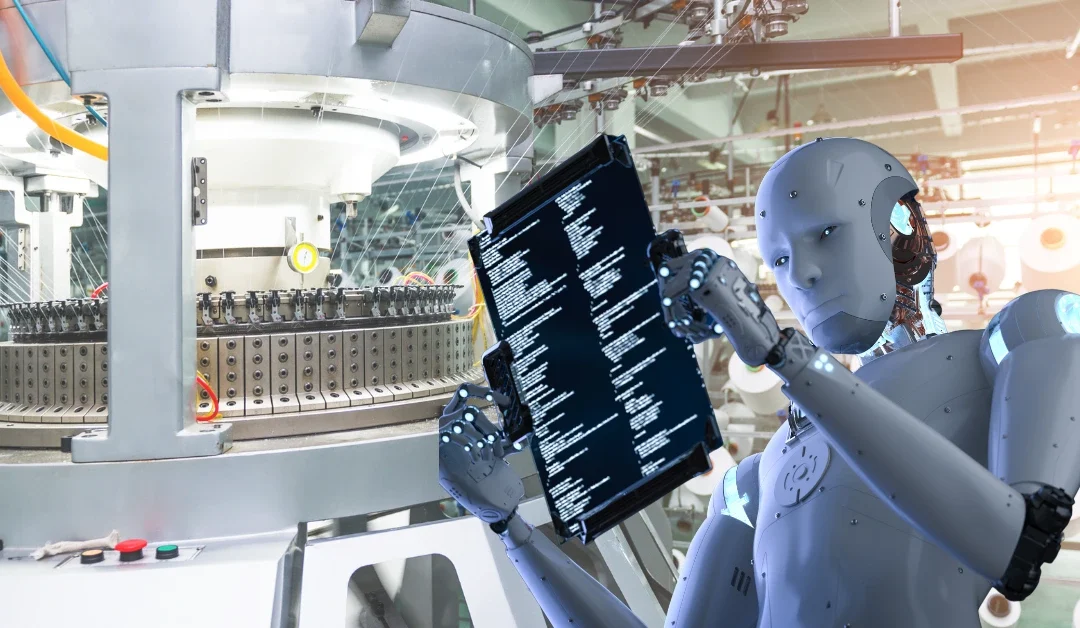The integration of stroboscope for robotic systems has become a pivotal advancement in modern technology. As industries strive for precision and efficiency, the role of stroboscopes in enhancing robotic operations cannot be overstated. This article delves into the intricacies of stroboscopes, their applications in robotics, and the benefits they bring to various industries.

What is a Stroboscope?
A stroboscope is an optical instrument used to make moving objects appear stationary or slow-moving. It works by emitting flashes of light at specific intervals, synchronizing with the object’s movement. This synchronization creates the illusion of a stationary object, allowing detailed observation and analysis. In robotics, stroboscopes are utilized to monitor and adjust the movements of robotic systems with high precision.
Applications of Stroboscopes in Robotic Systems
1. Quality Control and Inspection
Stroboscopes are extensively used in quality control and inspection processes. They enable engineers to detect and correct errors in robotic systems by providing clear, slow-motion views of fast-moving parts. This application is crucial in industries such as automotive and electronics, where precision is paramount. For more insights, you can visit this machine inspection guide.
2. Vibration Analysis
Robotic systems often experience vibrations that can affect their performance. Stroboscopes help in identifying the source and nature of these vibrations, allowing for timely interventions. By analyzing the vibrations, engineers can enhance the stability and reliability of robotic systems. Discover more about how stroboscopes aid in detecting vibrations.
3. Synchronization of Robotic Movements
Stroboscopes play a crucial role in synchronizing the movements of robotic components. By providing precise timing information, they ensure that all parts of a robotic system work in harmony, minimizing errors and enhancing efficiency.
Benefits of Using Stroboscopes in Robotics
Enhanced Precision
The primary advantage of using stroboscopes in robotic systems is the enhanced precision they offer. By allowing detailed observation of fast-moving parts, stroboscopes enable engineers to make accurate adjustments, leading to improved performance.
Increased Efficiency
Stroboscopes help in identifying and rectifying issues quickly, reducing downtime and increasing the overall efficiency of robotic systems. This is particularly beneficial in high-demand industries where time is of the essence.
Cost-Effectiveness
By reducing errors and enhancing the lifespan of robotic systems, stroboscopes contribute to cost savings in the long run. They minimize the need for frequent repairs and replacements, making them a cost-effective solution for industries.
Challenges in Implementing Stroboscopes
Technical Expertise
Implementing stroboscopes requires a certain level of technical expertise. Industries must invest in training their staff to effectively use this technology and maximize its benefits.
Initial Investment
The initial cost of acquiring and setting up stroboscopes can be high. However, the long-term benefits often outweigh the initial investment, making it a worthwhile expenditure.
Future of Stroboscopes in Robotics
The future of stroboscopes in robotics looks promising. As technology advances, we can expect more sophisticated stroboscope models that offer even greater precision and efficiency. Industries that adopt this technology will likely see significant improvements in their operations.

Conclusion
In conclusion, the integration of stroboscope for robotic systems is a game-changer in the world of robotics. By enhancing precision, efficiency, and cost-effectiveness, stroboscopes are paving the way for more advanced and reliable robotic systems. As industries continue to evolve, the role of stroboscopes will undoubtedly become more prominent, driving innovation and excellence.
Frequently Asked Questions
1. How does a stroboscope work in robotic systems?
A stroboscope works by emitting flashes of light at specific intervals, synchronizing with the movement of robotic components. This creates the illusion of stationary or slow-moving parts, allowing for detailed analysis and adjustment.
2. What industries benefit the most from stroboscopes?
Industries such as automotive, electronics, and manufacturing benefit significantly from stroboscopes due to their need for precision and efficiency in operations.
3. Are stroboscopes cost-effective for small businesses?
While the initial investment may be high, the long-term benefits of reduced errors and increased efficiency make stroboscopes a cost-effective solution for businesses of all sizes.
For further reading on how stroboscopes work, visit this detailed guide.
This article contains affiliate links. We may earn a commission at no extra cost to you.
